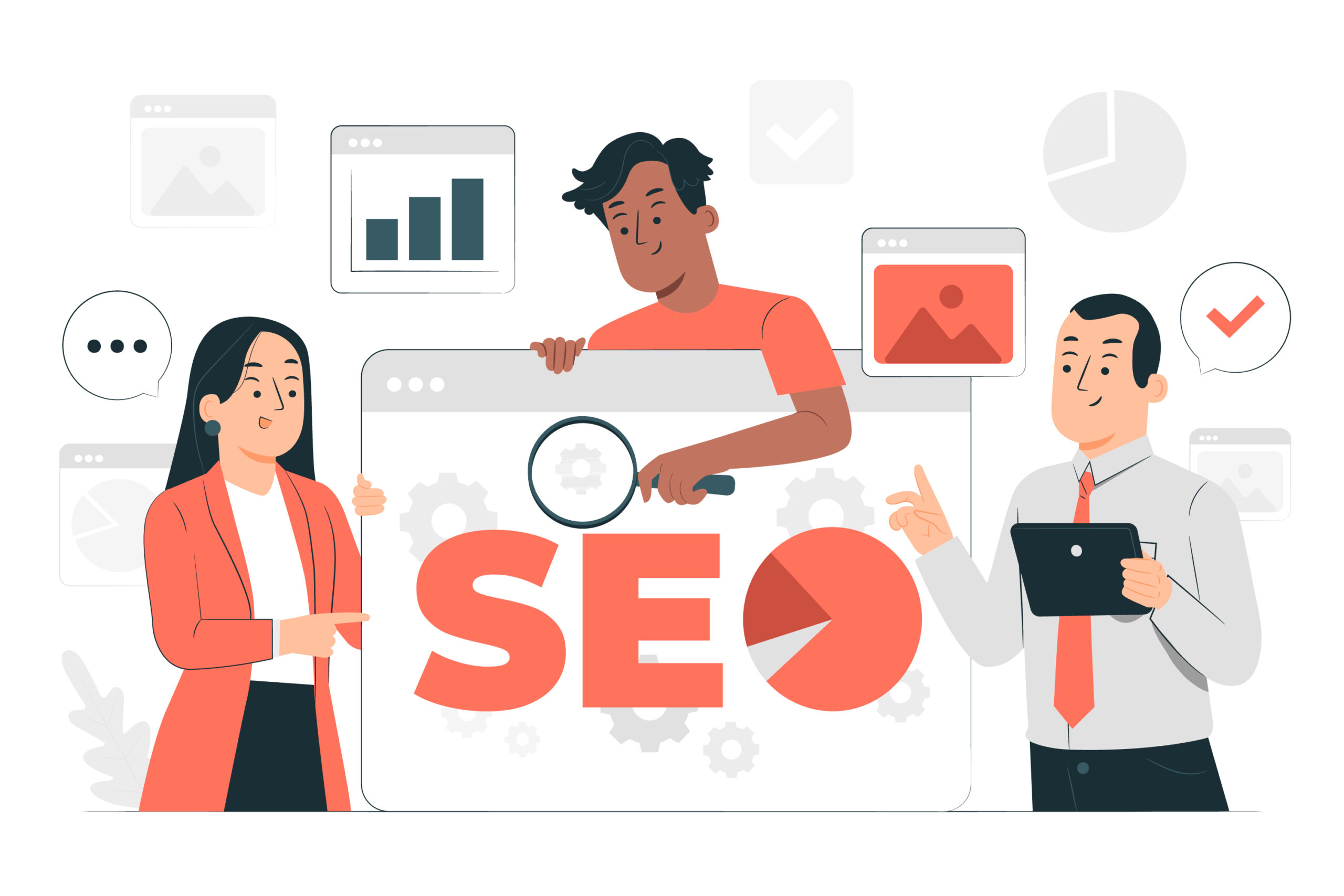Image SEO is an essential part of optimizing your online content for search engines and users alike. However, the significance of images extends beyond mere aesthetics. When optimized correctly, images can contribute to a website’s search engine optimization (SEO) efforts, boosting visibility, user engagement, and overall online success.
In this blog, we will delve into the world of image SEO, exploring the techniques and best practices for optimizing visual content to make it more search engine-friendly.
Contents
Understanding Image SEO
Image SEO, or image search engine optimization, is the practice of optimizing images to ensure they are easily discoverable by search engines and contribute positively to a website’s overall SEO strategy. Just as text-based content requires optimization for search engines, visual content demands a tailored approach to improve its visibility in search results.
Image SEO involves various techniques and practices to make images more search engine-friendly and user-friendly. It aims to achieve better rankings in image search results, enhance user experience, and increase organic traffic from image searches.
Why Image SEO Matters
1. Enhanced User Experience:
High-quality and relevant images enhance the user experience, making content more engaging and memorable. When users have a positive experience on your website, they are more likely to stay longer and interact with your content, reducing bounce rates.
2. Visual Search:
As visual search technology advances, search engines can now analyze and understand the content of images. Optimized images have a better chance of appearing in visual search results, broadening your online reach.
3. Image Search Traffic:
A significant portion of online searches is image-driven. By optimizing your images, you tap into this potential source of organic traffic and increase the chances of attracting visitors interested in visual content.
4. Reduced Page Load Time:
Image optimization often involves reducing the file size of images, which in turn improves page load speed. Fast-loading pages are favored by search engines and provide a better user experience.
5. Image-Rich Snippets:
When images are optimized with structured data, they can appear as rich snippets in search results. These eye-catching snippets can lead to higher click-through rates and improved visibility.
Key Elements of Image SEO
1. File Name:
Choose descriptive file names that accurately reflect the content of the images. Instead of generic names like “image123.jpg,” opt for names that include relevant keywords, such as “blue-sunset-over-ocean.jpg.”
2. Image Alt Text:
Alt text (alternative text) provides a text description of the image for those who cannot view it, such as screen readers for visually impaired users. Use descriptive alt text that conveys the image’s context and includes relevant keywords.
3. Image Compression:
Reduce the file size of images without compromising quality. Compressed images load faster, which is crucial for both user experience and SEO.
4. Image Format:
Choose the appropriate image format based on the content. JPEG is ideal for photographs, while PNG is better for images with transparency or text overlays.
5. Responsive Design:
Ensure your website is responsive and displays images correctly on various devices and screen sizes. Mobile-friendliness is a crucial aspect of modern SEO.
6. Image Sitemaps:
Include images in your website’s XML sitemap to help search engines discover and index them effectively.
Image SEO Best Practices
1. Relevance:
Use images that are relevant to the content of the page. Irrelevant images can confuse users and dilute the focus of your content.
2. Unique Images:
Whenever possible, use original images that you have the right to. Unique images add value and authenticity to your content.
3. Image Captions:
Provide descriptive captions for images. Captions not only engage users but also provide another opportunity to include keywords.
4. Avoid Text in Images:
Avoid using text images whenever possible. Text within images is not searchable by search engines, and it may also affect accessibility.
5. Avoid Overloading:
While images enhance content, avoid overwhelming pages with too many images. Balance is key.
Tools for Image SEO
1. Image Editing Tools:
Tools like Adobe Photoshop, Canva, or GIMP can help you optimize and edit images for SEO.
2. Image Compression Tools:
Tools like TinyPNG, ImageOptim, and Compressor.io help reduce image file sizes without compromising quality.
3. Structured Data Generators:
Schema markup can enhance image SEO. Use tools like Google’s Structured Data Markup Helper to add structured data to your images.
Conclusion
In the modern digital landscape, images are more than just visual embellishments; they are valuable assets that can significantly impact your website’s SEO performance. By optimizing images with descriptive file names, alt text, compression, and adhering to best practices, you can enhance user experience, increase visibility in search results, and tap into the potential of visual search.
As search engines continue to evolve and users seek richer content experiences, image SEO becomes an integral part of any comprehensive SEO strategy. So, invest the effort in optimizing your visual content, and watch as your images not only capture eyes but also boost your website’s online presence.
Frequently Asked Questions (FAQs)
- What is the best image format for SEO: JPEG, PNG, or WebP?
The best image format depends on the type of image and its intended use. JPEG is suitable for photographs, PNG for images with transparency, and WebP is a modern format known for its excellent compression and quality. Choose the format that best suits your content.
- Can images appear in Google Image Search results?
Yes, images from your website can appear in Google Image Search results of they are properly optimized and indexed. Appealing in image search results can drive additional organic traffic to your website.
- How does image size affect SEO?
Image size affects SEO in terms of page loading speed. Large, unoptimized images can slow down your website, leading to higher bounce rates and potentially lower search engine rankings. Optimizing image size helps improve page speed, which is a ranking factor for SEO.
- What is the purpose of alt text in Image SEO?
Alt text, or alternative text, serves two main purposes in Image SEO. Firstly, it provides a description of the image for visually impaired users who rely on screen readers. Secondly, it provides context to search engines, helping them understand the content and context of the image, which can positively impact SEO.
- How should I write alt text for images?
When writing alt text, be concise and descriptive. Include relevant keywords if they naturally fit the image’s function or content accurately. Avoid keyword stuffing or overly long alt text.


